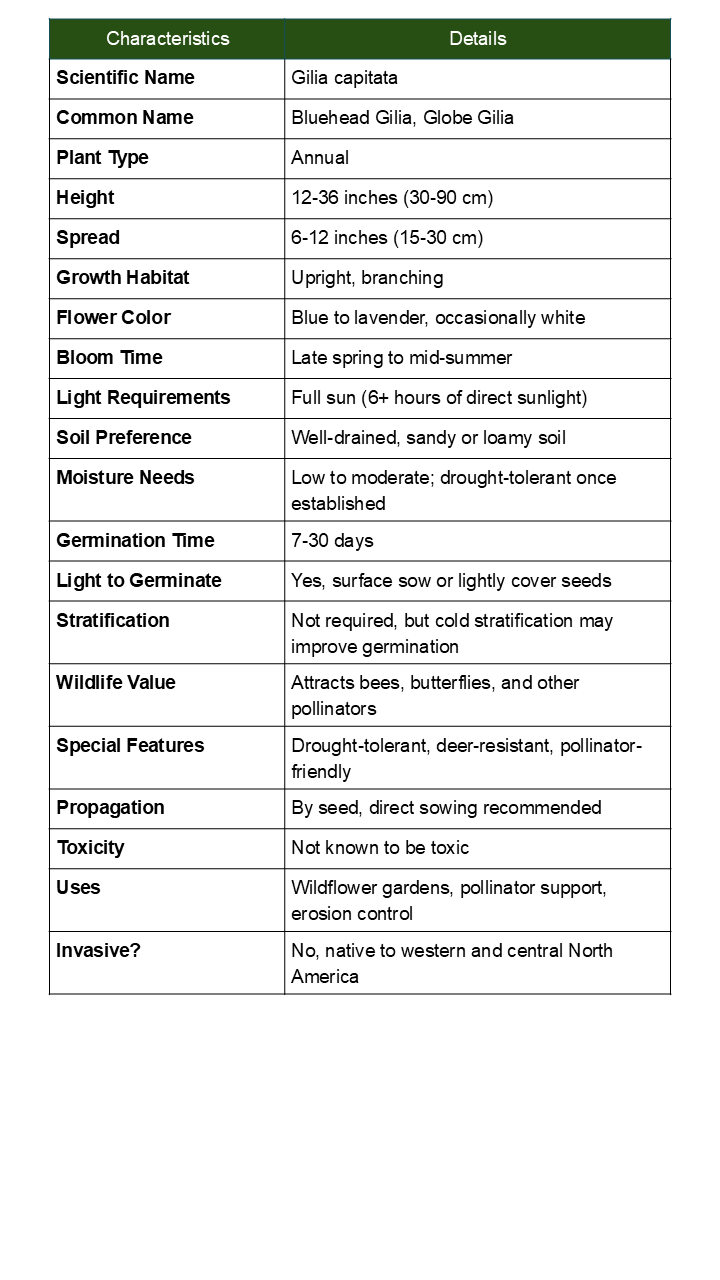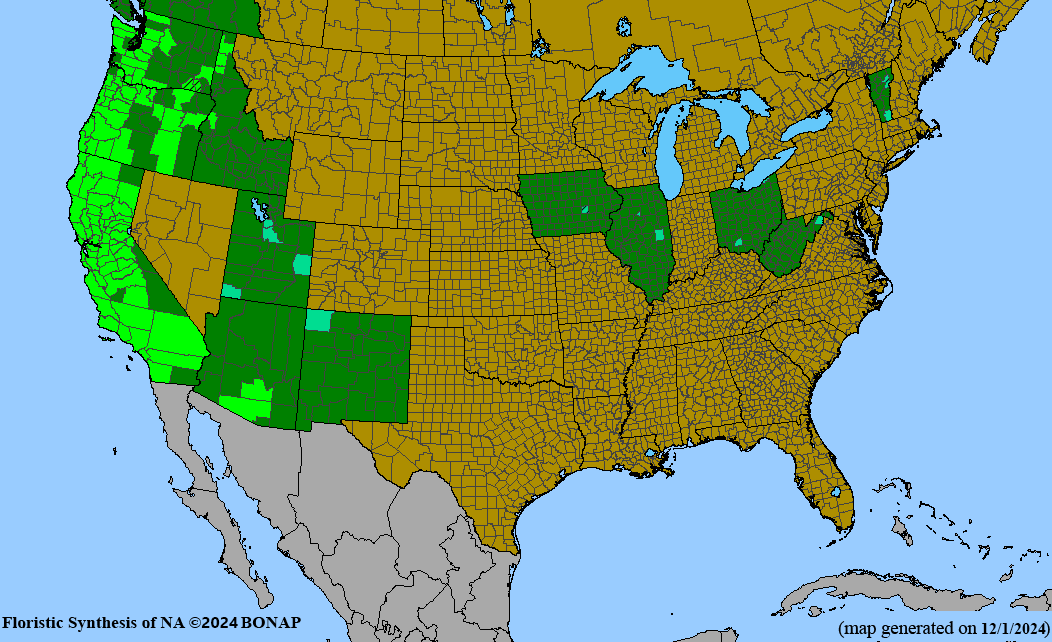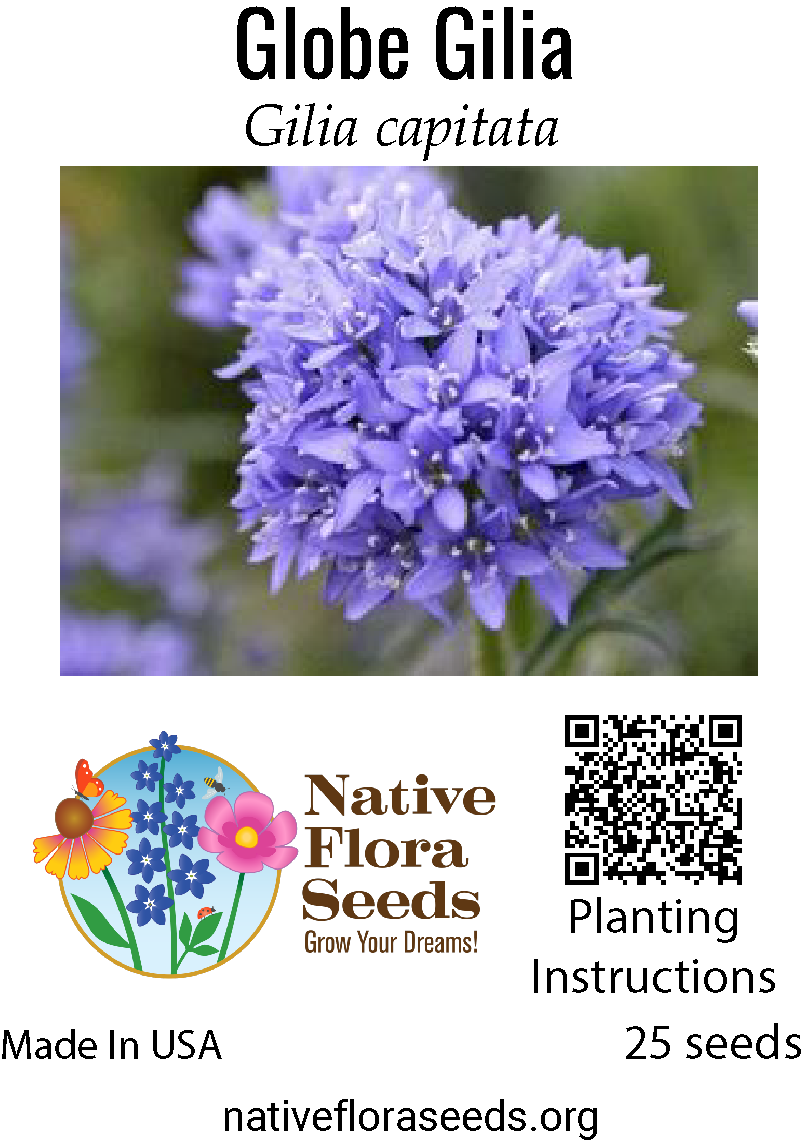Globe Gilia Seeds - Gilia Capitata Native Blue Wildflower
Regular price$4.00
/
Tax included.
1 review
Description
Add Delicate Beauty with Native Globe Gilia
Discover the charming Globe Gilia (Gilia capitata), a delightful native annual that brings soft, powder-blue spherical blooms to your wildflower garden. These enchanting flowers create a dreamy, cottage garden atmosphere while supporting native pollinators.
Why Choose Globe Gilia?
- Unique Globe Flowers: Distinctive round clusters of tiny blue flowers create stunning visual texture
- Pollinator Favorite: Attracts beneficial insects, butterflies, and native bees
- Easy to Grow: Self-seeding annual that naturalizes beautifully in suitable conditions
- Cut Flower Charm: Perfect for delicate bouquets and cottage-style arrangements
- Drought Tolerant: Thrives with minimal water once established
- Native Heritage: Authentic western North American wildflower
Plant Specifications
- Height: 1-3 feet tall with branching stems
- Bloom Time: Late spring to mid-summer
- Flower Color: Soft powder-blue to lavender
- Hardiness: Annual, self-seeding in favorable conditions
- Soil: Well-draining, sandy or rocky soils preferred
- Growth Habit: Upright with delicate, feathery foliage
Perfect for wildflower meadows, cottage gardens, cut flower gardens, and creating soft, naturalistic plantings that celebrate the subtle beauty of native western flora.



